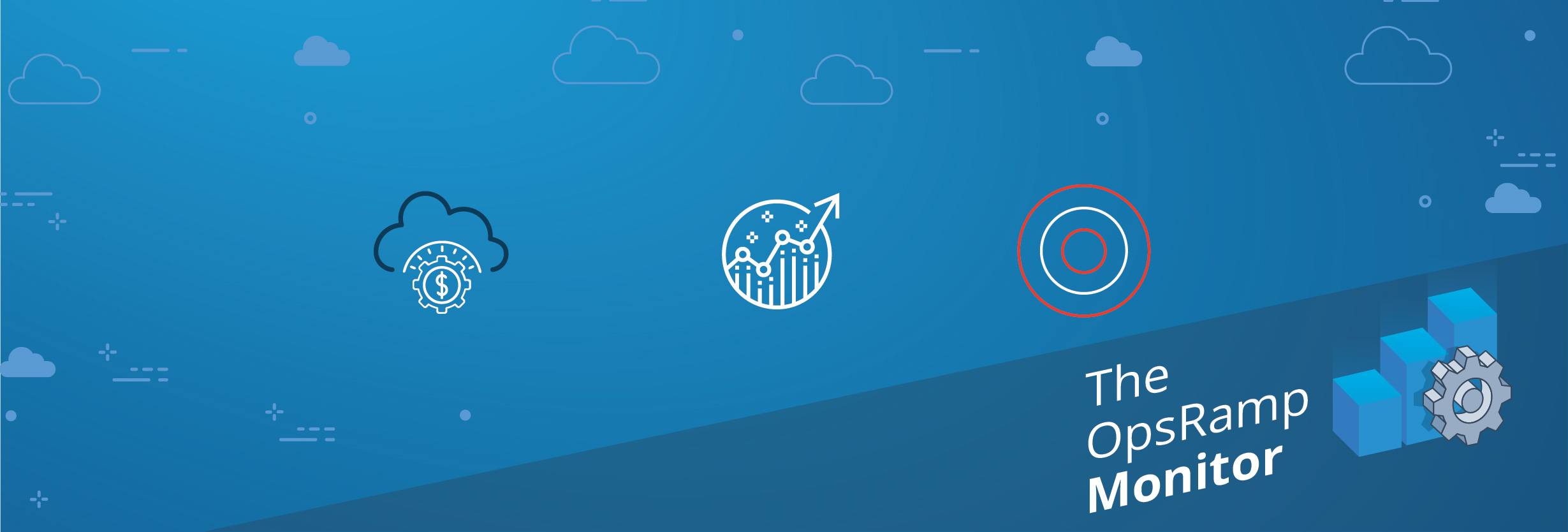New SaaS delivery models require new customer success delivery models too.
The following first appeared on Dice.com.
In the old days of pushing tin and cardboard -- i.e., servers and packaged software -- it was comparatively easy to land a deal, hand the account from sales executive to post-sales engineering/support, then move on to the next opportunity. Today, in the cloud-enabled world, there is no more tin (unless you are a cloud or platform provider) and no more software DVDs in boxes. Software-as-a-service (SaaS) offerings require different customer engagement. Whereas packaged solutions previously suffered from the “buy it, shelve it, forget it” deployment model of customers not rolling out what they had purchased, delivering software as a service means that lack of follow-through results canceled subscriptions, customer churn, and bad word-of-mouth. The pay-as-you-go model requires continuous use, functional upgrades and business adaptation, and consistent customer engagement to keep driving adoption.
What’s more, the world of IT operations is transitioning from specialized to general. Network, storage, compute experts are being replaced with technology and generalized site reliability engineers responsible for managing business services and objectives instead of maintenance schedules, warranties, and bare metal.
The Evolution of IT and the Roles That Come With It
This new model means that SaaS solutions need to meet customers where they are. It requires an understanding of the end-to-end customer objectives, both top to bottom and across value chains. Essentially, every account now requires technical account support coupled with business account management. Most companies have met this requirement with a professional team including a technical account manager (TAM) and account executive.
This means that customers no longer need a dedicated relationship manager when they can just select services from an online drop-down list. If a SaaS provider can’t step in and evaluate problems, suggest solutions, and execute on proposals in one go, his or her utility in these leaner, meaner IT shops diminishes significantly. Customers need partners, not pushers.
The New Normal
Today, if you are a SaaS provider, then you are responsible for your customer’s overall success. Their goals are your goals. Their pains are your pains. And most importantly, managing the account means making sure the customer meets both business and technical goals. Helping them achieve objectives means merging the non-technical-yet-business-driven opportunist with the solution-driven technical specialist. This has led to the rise of a new role: The Customer Success Technical Manager, or CSTM. It’s a full-stack hybrid post-sale technical architect with the skills of an accomplished account executive or the relationship owner with technical chops for carrying customers to new business heights. A CSTM constantly delivers new value, increases adoption of the platform, absorbs new customer challenges, and synthesizes innovative ways of keeping a customer motivated through results – and new technologies.
The CSTM must understand these mechanisms and act quickly and decisively, bringing to bear technical solutions that efficiently address business needs. Knowing the required architecture and platform capabilities, combined with deep engagement on delivering against commitments, helps build customer trust which in turn reduces the likelihood of pressing the “unsubscribe” button.
Tinkerer, Developer, Seller, Friend
Success depends on knowing how to use the right product for the right purpose, driving cost and operational efficiency through data, and developing the customized glue that ties the whole thing together. The virtuous cycle of build, review, and iterate enables business agility and fail-fast change models, where the goal posts are always moving. Understanding these intricacies are what makes a CSTM great; it’s what you would want in a business partner who knows both where you want to go, and how to get you there, including:
- Industry depth/breadth: Depending on your industry, it may be more important to have a breadth of knowledge rather than depth. In healthcare, for example, experience with particular specialties is critical, ranging from compliance to manufacturing.
- Empathy: The best CSTMs feel customer pain. Knowing what drives the business is the cornerstone for creating joint success through a common strategy and goals. Relationships breed trust, and while this may be difficult for a hardened techno-geek, soft-skills matter.
- Solution Focus: Products don’t solve problems. Solutions drive results. CSTMs must come to the table with an end-to-end approach and support mechanisms to stick around for the long-haul. Tossing a bunch of technologies over the wall and calling it a day will not get the job done. One part integrator, two parts architect.
- Technical Skills: An aptitude for building can be transformed across many different technologies, resulting in flexible and dynamic business platforms. New products can be learned, but knowing how to learn and when to innovate makes the biggest contribution.
- Process, process, process: DevOps, ITIL, 6Sigma, Agile, all involve a structured process to follow. CSTMs have to demonstrate a track record of planning from inception to delivery. Tracking, monitoring, and reporting are hallmarks of good project management.
The world of SaaS has already disrupted how deals are closed, solutions are built, and services are delivered. It’s disrupting customer success, too. The most innovative companies are already transitioning their post-sale teams to this model, working with customers to drive business outcomes. It’s all in service of a future where everyone is aligned on excellent end-user experience, and that’s a very bright future, indeed.
Next Steps:
- Are you our next great CSTM? Apply for the position here.
- Follow us on Twitter, LinkedIn and YouTube.
- Schedule a custom demo with an OpsRamp solution expert.






